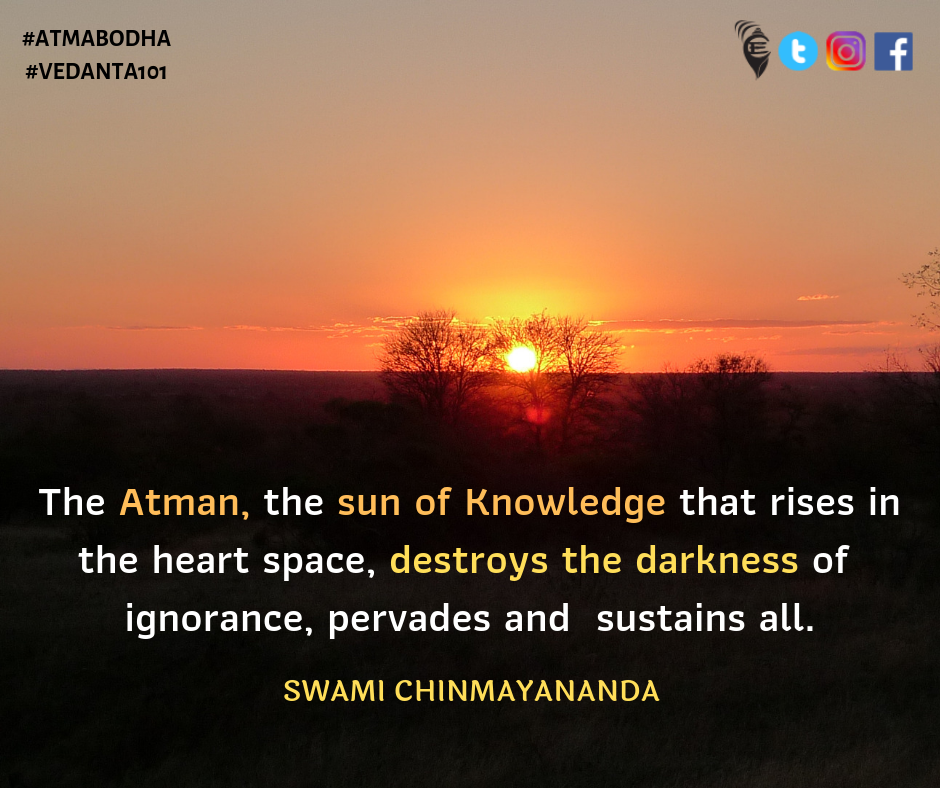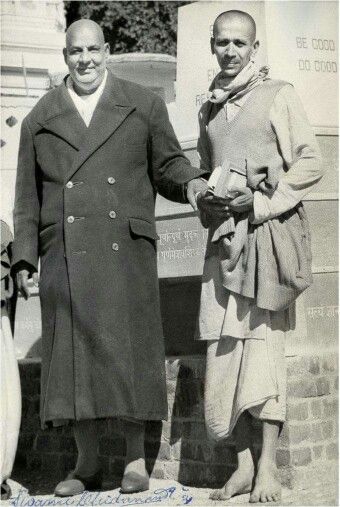All About Bharatiya Sanatana Dharmam otherwise known as Hinduism : Ch.7 : 6 - 8 - Swami Sivananda.
--------------------------------------------------
Tuesday, October 13, 2020. 07:14. AM.
CHAPTER-7. HINDU WORSHIP-6.
6.The Philosophy And Significance Of Idol-Worship-8
8. From Ritualistic Bhakti To Para-Bhakti.
---------------------------------------------------------
1.
Bhakti is of two kinds, viz., higher Bhakti or Para-Bhakti, and lower Bhakti or ritualistic Bhakti. Ritualistic worship is Vaidhi or Gauni Bhakti. It is formal Bhakti. Vaidhi Bhakti is the lower type of devotion depending on external aids. The mind becomes purer and purer. The aspirant gradually develops love for God through ritualistic worship. He who does ritualistic worship rings bells, adores a Pratika (symbol) or Pratima (image), does Puja with flowers and sandal paste, burns incense, waves light before the image, offers Naivedya or food for God, etc.
2.
Mukhya Bhakti or Para Bhakti is advanced type of devotion. It is higher Bhakti. It transcends all convention. A devotee of this type knows no rule. He does not perform any external worship. He beholds his Lord everywhere, in every object. His heart is saturated with love for God. The whole world is Vrindavana for him. His state is ineffable. He attains the acme of bliss. He radiates love, purity and joy wherever he goes and inspires all who come in contact with him.
3.
The aspirant who worships the idol in the beginning beholds the Lord everywhere and develops Para Bhakti. From Vaidhi Bhakti, he passes on to Ragatmika Bhakti or Prema Bhakti. He beholds the whole world as the Lord. The ideas of good and bad, right and wrong, etc., vanish. He sees the Lord in a rogue, dacoit, cobra, scorpion, ant, dog, tree, log of wood, block of stone, sun, moon, stars, fire, water, earth, etc. His vision or experience baffles description. Glory to such exalted Bhaktas who are veritable Gods on earth, who live to lift others from the quagmire of Samsara and save them from the clutches of death!
4.
Hinduism leads the aspirants gradually from material images to mental images, from the diverse mental-images to the one Personal God, and from the Personal God to the Impersonal Absolute or the Transcendental Nirguna Brahman.
End.
Next- 9. The Glory Of Hindu Philosophy And Hindu Mode Of Worship
To be continued ...
==============================================================


.jpg)

Comments
Post a Comment